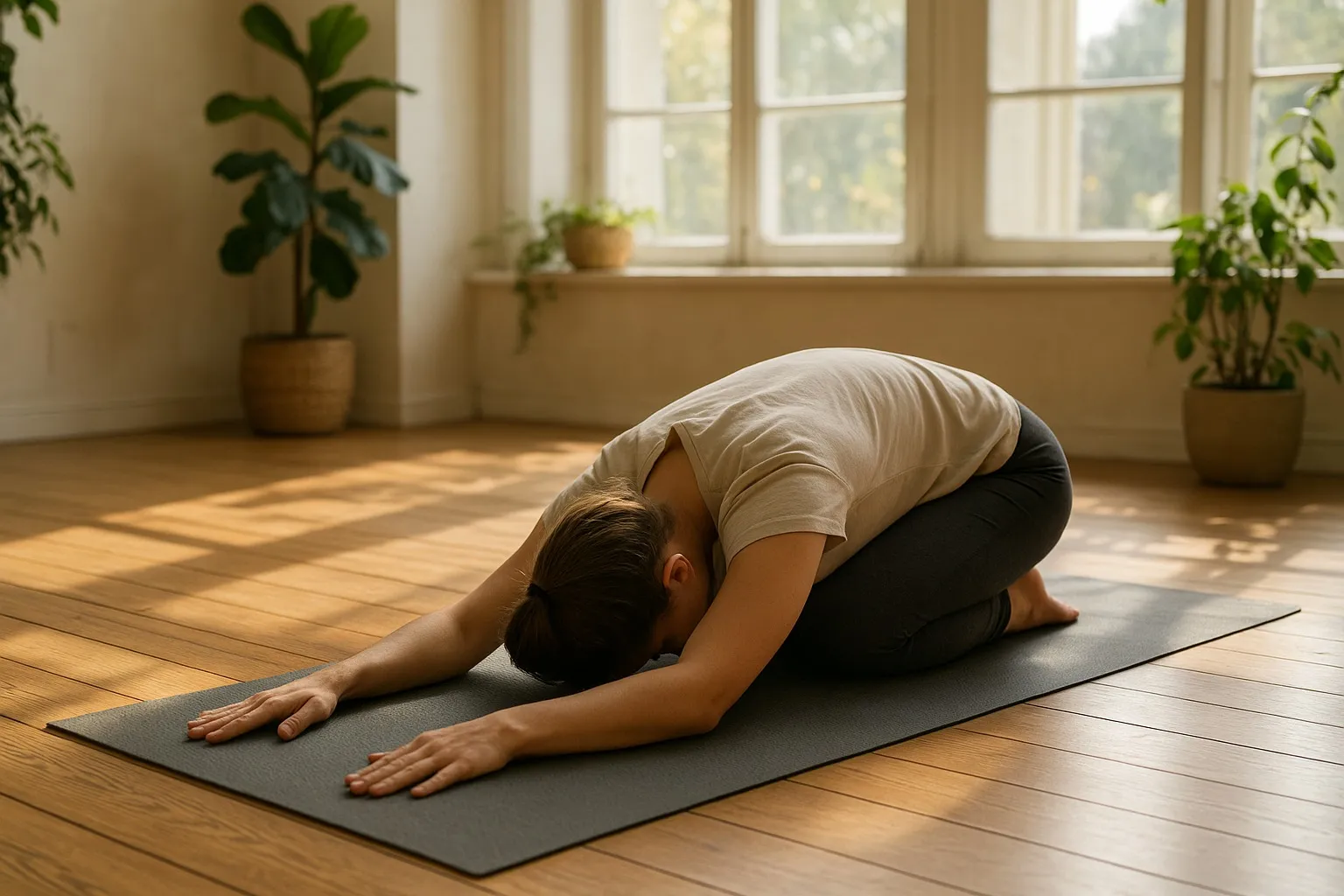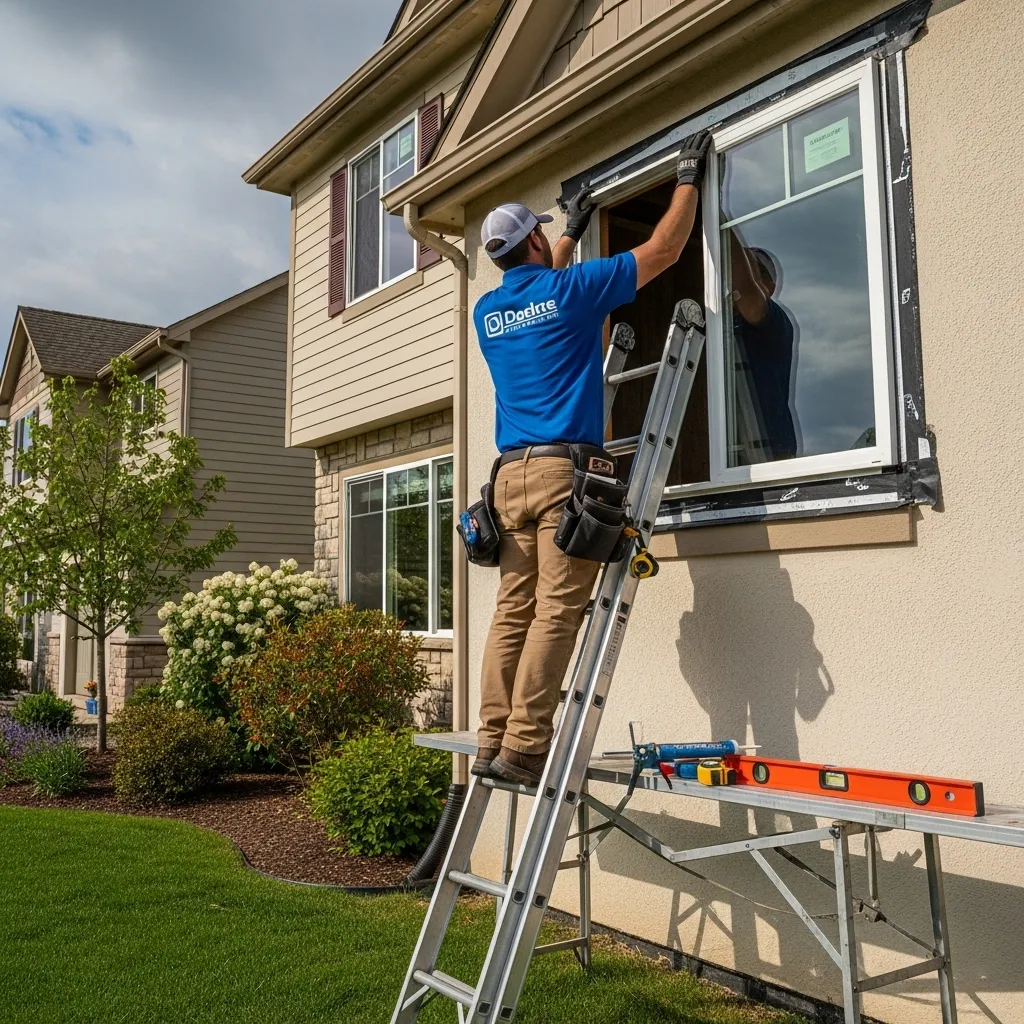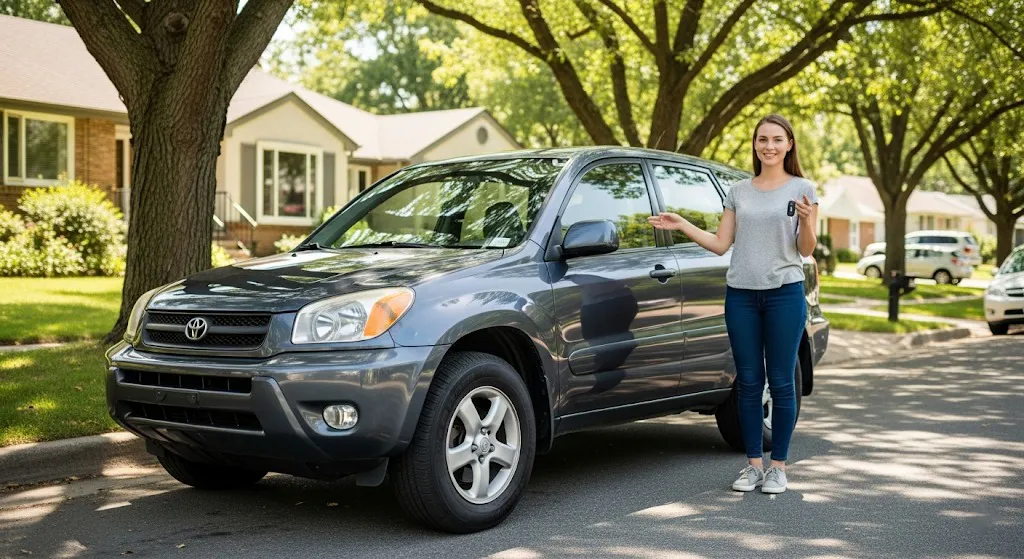Yoga Poses for Back Pain Relief: A Complete Guide
Back pain has become one of the most common health concerns in today’s modern lifestyle. From sitting at desks for long hours to poor posture and lack of movement, our backs often bear the burden. Fortunately, yoga poses for back pain relief offer natural, effective, and sustainable ways to improve flexibility, strengthen muscles, and reduce discomfort. In this comprehensive guide, we will explore the best yoga practices for different types of back pain, how they work, and step-by-step instructions to perform them safely.

Understanding Back Pain and How Yoga Helps
Before practicing yoga poses for back pain relief, it’s important to understand the root causes of back discomfort. Back pain can result from muscle tension, herniated discs, spinal misalignment, or lifestyle habits such as prolonged sitting and poor posture.
Yoga helps by combining gentle stretches, strengthening movements, and deep breathing. These practices improve blood circulation, release muscle tightness, and enhance spinal mobility. Over time, consistent practice can lead to noticeable improvements in pain management and posture correction.
The Science Behind Yoga and Back Pain
Studies have shown that yoga poses reduce chronic back pain by increasing flexibility, decreasing inflammation, and promoting mental relaxation. Unlike quick fixes, yoga addresses both the physical and emotional aspects of pain.
Precautions Before Practicing Yoga for Back Pain
While yoga is generally safe, practicing it incorrectly can worsen discomfort. Before attempting any yoga pose for back pain, keep these precautions in mind:
- Always warm up before deeper stretches
- Listen to your body—avoid pushing into pain
- Use props like yoga blocks or straps for support
- Consult a doctor if you have severe spinal conditions
By respecting your body’s limits, you can gain the most benefit from yoga without injury.
Cat-Cow Stretch (Marjaryasana-Bitilasana)
The Cat-Cow pose is one of the best yoga poses for back pain relief because it gently mobilizes the spine and releases stiffness.
How to Perform Cat-Cow
- Start on all fours with wrists under shoulders and knees under hips.
- Inhale, arch your back, and lift your head and tailbone (Cow Pose).
- Exhale, round your spine, and tuck your chin toward the chest (Cat Pose).
- Repeat for 5–10 breaths.
Benefits
Cat-Cow improves spinal flexibility, reduces lower back stiffness, and helps improve posture.
Child’s Pose (Balasana)
Child’s Pose is a gentle resting posture that relaxes the lower back and elongates the spine, making it ideal for back pain relief.
How to Perform Child’s Pose
- Kneel on the mat with big toes touching and knees apart.
- Sit back on your heels and extend your arms forward on the mat.
- Rest your forehead on the floor and breathe deeply.
- Hold for 1–3 minutes.
Benefits
This pose stretches the lower back, hips, and thighs while calming the mind.
Downward Facing Dog (Adho Mukha Svanasana)
One of the most popular yoga poses for back pain relief, Downward Dog strengthens the entire back body and stretches the hamstrings.
How to Perform Downward Dog
- Start on all fours.
- Tuck your toes and lift your hips toward the ceiling, forming an inverted “V.”
- Keep hands shoulder-width apart and feet hip-width apart.
- Relax your head and hold for 5–10 breaths.
Benefits
This pose relieves tension in the spine, improves circulation, and strengthens back muscles.
Sphinx Pose (Salamba Bhujangasana)
The Sphinx Pose is a gentle backbend that strengthens the spine while opening the chest and shoulders.
How to Perform Sphinx Pose
- Lie on your stomach with legs extended.
- Place elbows under shoulders and forearms on the mat.
- Lift your chest while pressing your pelvis down.
- Breathe deeply for 5–10 breaths.
Benefits
This pose strengthens the lower back and relieves discomfort from prolonged sitting.
Bridge Pose (Setu Bandhasana)
Bridge Pose strengthens the back muscles and improves spinal flexibility.
How to Perform Bridge Pose
- Lie on your back with knees bent and feet flat on the mat.
- Place arms at your sides, palms facing down.
- Press into your feet, lift your hips, and hold for 5–10 breaths.
Benefits
Bridge Pose improves posture, strengthens glutes and back muscles, and opens the chest.
Supine Twist (Supta Matsyendrasana)
Supine Twist gently stretches the spine and helps release lower back tension.
How to Perform Supine Twist
- Lie on your back with knees bent.
- Drop both knees to one side while keeping shoulders flat on the mat.
- Stretch your arms out in a “T” position.
- Hold for 1–2 minutes, then switch sides.
Benefits
This pose improves spinal mobility, aids digestion, and calms the nervous system.
Pigeon Pose (Eka Pada Rajakapotasana)
Although more intense, the Pigeon Pose is excellent for releasing hip tension, which often contributes to lower back pain.
How to Perform Pigeon Pose
- Start in Downward Dog and bring your right knee forward.
- Place your shin across the mat with your right foot near your left hip.
- Extend your left leg back and lower your torso forward.
- Hold for 1–2 minutes, then switch sides.
Benefits
This pose stretches hip flexors and glutes, reducing strain on the lower back.
Legs-Up-the-Wall Pose (Viparita Karani)
Legs-Up-the-Wall is a restorative yoga pose that reduces spinal compression and relaxes the body.
How to Perform Legs-Up-the-Wall
- Sit sideways next to a wall and swing your legs up.
- Lie back with arms relaxed at your sides.
- Breathe deeply and stay for 5–10 minutes.
Benefits
This pose reduces lower back pain, improves circulation, and calms the nervous system.
Creating a Daily Yoga Routine for Back Pain Relief
Consistency is key when practicing yoga poses for back pain relief. Start with 10–15 minutes daily and gradually increase as your flexibility improves.
Sample Routine
- Cat-Cow: 5 breaths
- Child’s Pose: 2 minutes
- Downward Dog: 5 breaths
- Sphinx Pose: 5 breaths
- Supine Twist: 1 minute each side
- Legs-Up-the-Wall: 5 minutes
Over time, you can adjust the poses depending on your needs and progress.
Conclusion
Back pain can interfere with daily life, but adopting a mindful practice of yoga poses for back pain relief can transform your health and well-being. By incorporating gentle stretches, strengthening movements, and relaxation techniques, you can build a strong, flexible, and pain-free back. Remember to practice regularly, listen to your body, and enjoy the journey toward healing and balance.











